Home>Gardening & Outdoor>Garden Tools & Equipment>How To Store A Leaf Blower
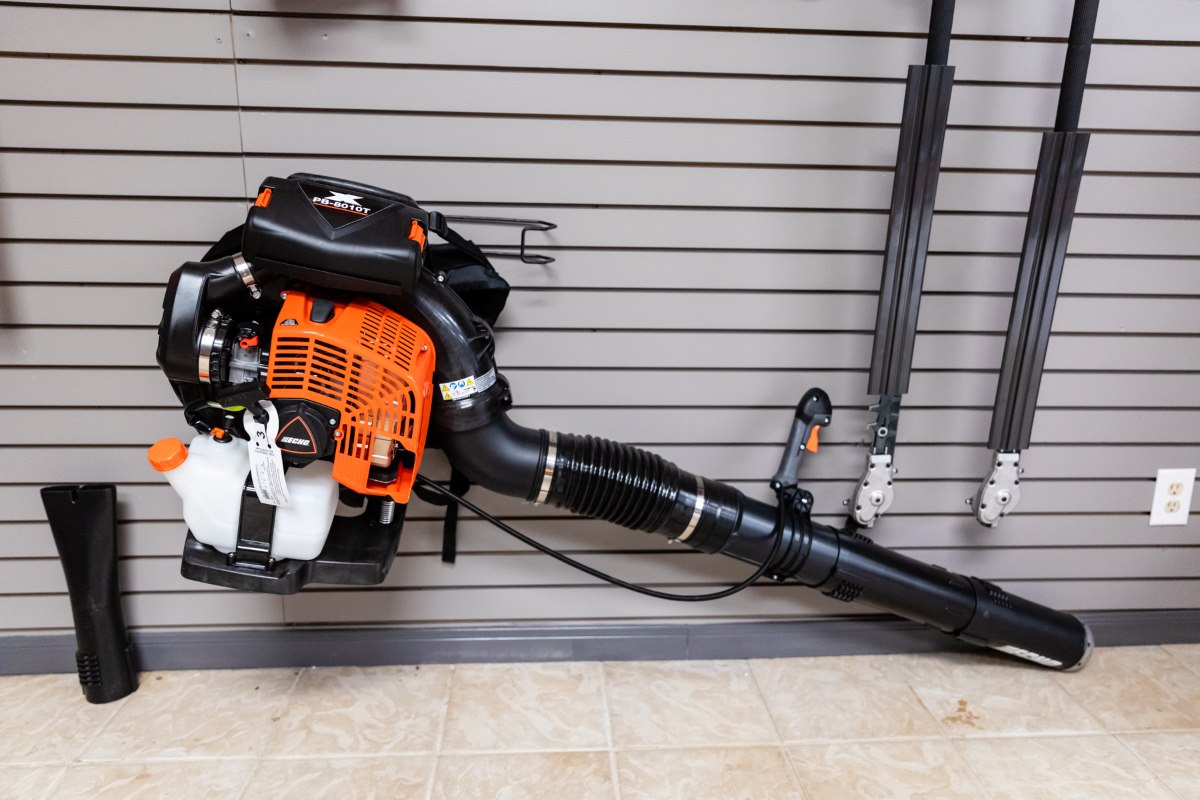

Garden Tools & Equipment
How To Store A Leaf Blower
Modified: February 18, 2024
Learn the best practices for storing your garden tools and equipment, including your leaf blower, to keep them in top condition for years to come. Discover essential tips and techniques for proper storage.
(Many of the links in this article redirect to a specific reviewed product. Your purchase of these products through affiliate links helps to generate commission for Storables.com, at no extra cost. Learn more)
Introduction
Storing your leaf blower properly is essential for maintaining its performance and longevity. Whether you have a gas-powered or electric leaf blower, taking the time to store it correctly can save you from unnecessary repairs and replacements down the line. In this guide, we will walk you through the step-by-step process of storing your leaf blower to ensure it stays in top condition for the next season. From cleaning and fuel drainage to proper storage and maintenance tips, we've got you covered. Let's dive into the details of how to store a leaf blower effectively.
Key Takeaways:
- Properly storing your leaf blower by cleaning, draining fuel, and using a cover can protect it from damage and ensure it’s ready for use next season. Regular maintenance also keeps it in top condition.
- Choosing a dry storage location, using a cover, and maintaining the leaf blower’s components can extend its lifespan and save you from costly repairs. Follow these steps for a well-maintained leaf blower.
Read more: How To Store Leaf Blower
Step 1: Clean the Leaf Blower
Before storing your leaf blower, it’s crucial to give it a thorough cleaning to remove any dirt, debris, or residue that may have accumulated during use. Start by disconnecting the power source, whether it’s a battery or an electrical cord, to ensure safety during the cleaning process.
Use a soft-bristled brush or a cloth to gently wipe away any visible dirt or debris from the exterior of the leaf blower. Pay close attention to the air intake vents, the fan blades, and the nozzle to ensure they are free from any blockages. For stubborn dirt or grime, a mild detergent solution can be used to wipe down the surfaces, followed by a thorough rinse and drying.
Next, inspect the air filter and clean or replace it as necessary. A clogged or dirty air filter can impede the airflow and reduce the efficiency of your leaf blower. Refer to the manufacturer’s instructions for guidance on proper air filter maintenance.
Additionally, check the spark arrestor screen if your leaf blower is equipped with one. Remove any built-up carbon or debris to ensure proper airflow and prevent potential ignition issues.
By taking the time to clean your leaf blower before storage, you can prevent the accumulation of dirt and grime that could lead to performance issues and premature wear. A clean leaf blower is not only more efficient but also less prone to mechanical problems when it’s time to put it back into action.
Step 2: Drain the Fuel
For gas-powered leaf blowers, properly managing the fuel before storage is crucial to prevent clogging, corrosion, and other potential issues. Begin by running the leaf blower until the fuel tank is nearly empty. This process helps to minimize the amount of fuel left in the system, making it easier to drain the remaining fuel.
Once the tank is nearly empty, locate the fuel line and carefully disconnect it from the carburetor. Use a suitable container to collect the remaining fuel as you carefully remove it from the tank. It’s important to handle fuel with caution and in accordance with safety guidelines to avoid any spills or accidents.
After removing the remaining fuel from the tank, start the leaf blower and let it run until it completely runs out of fuel. This step ensures that any residual fuel in the fuel lines and carburetor is used up, leaving the system free of combustible substances.
Once the fuel has been drained from the tank and the system, it’s advisable to clean the exterior of the leaf blower to remove any fuel spills or residue. This helps to prevent the buildup of sticky deposits and ensures that the blower is clean and safe for storage.
Properly managing the fuel in your gas-powered leaf blower before storage not only safeguards the internal components from potential damage but also contributes to a smooth start when you bring the blower out for use in the next season.
Step 3: Store in a Dry Place
Choosing the right storage location for your leaf blower is essential to protect it from the elements and ensure its longevity. Ideally, the storage area should be dry, well-ventilated, and free from extreme temperatures. If you’re using a shed or garage for storage, make sure it’s not prone to moisture buildup or temperature fluctuations that could affect the leaf blower.
Prior to storing the leaf blower, inspect the chosen storage space to ensure it meets the necessary criteria. If the area is prone to dampness, consider using a dehumidifier or moisture-absorbing products to maintain a dry environment. Additionally, check for any signs of pests or rodents and take preventive measures to keep them away from your equipment.
When placing the leaf blower in storage, avoid direct contact with the ground or concrete floor. Using a raised platform or shelf can help prevent moisture from seeping into the unit and causing potential damage. If space allows, consider covering the blower with a breathable cloth to provide an extra layer of protection against dust and debris.
It’s crucial to keep the leaf blower away from any corrosive materials or chemicals that could compromise its components. By storing the blower in a dry and clean environment, you can significantly extend its lifespan and minimize the need for extensive maintenance or repairs.
Remember to keep the leaf blower in a location that is easily accessible for future use, allowing for a smooth transition when it’s time to bring it out for the next round of yard work.
To store a leaf blower, first clean it thoroughly to remove any debris. Then, empty the fuel tank and run the blower until it’s out of fuel. Store in a dry, well-ventilated area, and consider using a cover to protect it from dust and moisture.
Step 4: Use a Cover
Adding an extra layer of protection to your stored leaf blower can help safeguard it from dust, debris, and potential damage. Using a cover designed specifically for leaf blowers can offer an additional level of defense against environmental elements and ensure that your equipment remains in optimal condition during storage.
When selecting a cover for your leaf blower, opt for a durable and breathable material that provides adequate ventilation while keeping out dust and moisture. A well-fitted cover can prevent the accumulation of dirt and debris, reducing the need for extensive cleaning and maintenance when it’s time to use the blower again.
Prior to covering the leaf blower, ensure that it is completely dry to prevent the growth of mold or mildew. Any residual moisture left on the blower could lead to potential corrosion or damage over time. Additionally, make sure the cover is secured in place to prevent it from being blown off by strong winds or exposing the blower to the elements.
Using a cover not only protects the exterior of the leaf blower but also helps maintain the integrity of internal components, such as the motor and electrical connections. By investing in a high-quality cover and using it consistently during storage, you can prolong the lifespan of your leaf blower and minimize the need for extensive maintenance.
Remember to periodically inspect the cover for any signs of wear or damage, and replace it as needed to ensure continued protection for your leaf blower.
Read more: How To Store A Leaf Blower
Step 5: Maintenance Tips
Even during storage, it’s important to implement regular maintenance practices to keep your leaf blower in optimal condition for future use. By following these maintenance tips, you can ensure that your equipment remains reliable and ready to tackle yard work when the time comes:
- Battery Maintenance: If you have a battery-powered leaf blower, it’s essential to maintain the battery during storage. Follow the manufacturer’s guidelines for proper battery care, including charging levels and storage conditions. Keeping the battery in a cool, dry place at the recommended charge level can help prolong its lifespan.
- Inspect and Lubricate: Periodically inspect the moving parts and connections of your leaf blower for any signs of wear or corrosion. Apply lubricant to hinges, bearings, and other moving components to prevent rust and ensure smooth operation when the blower is put back into use.
- Check Spark Plugs and Ignition System: For gas-powered leaf blowers, inspect and clean the spark plugs, ignition system, and associated wiring. Ensuring that these components are free from dirt and corrosion can contribute to reliable starting and efficient performance.
- Air Filter Maintenance: If your leaf blower has a replaceable air filter, check it periodically and clean or replace it as needed. A clean air filter promotes proper airflow and prevents debris from entering the engine, enhancing overall performance.
- Inspect Power Cords: If you have an electric leaf blower, carefully examine the power cord for any signs of damage or wear. Address any issues with the cord to prevent safety hazards and ensure reliable power delivery when the blower is back in use.
By incorporating these maintenance practices into your leaf blower storage routine, you can proactively address potential issues and ensure that your equipment remains in top condition for the long term. Regular maintenance minimizes the risk of unexpected problems and contributes to a seamless transition when it’s time to use your leaf blower again.
Conclusion
Properly storing your leaf blower is a crucial aspect of maintaining its performance and extending its lifespan. By following the step-by-step process outlined in this guide, you can ensure that your leaf blower remains in optimal condition for future use. From thorough cleaning and fuel management to selecting the right storage location and implementing regular maintenance, each step plays a vital role in preserving the functionality and reliability of your equipment.
By taking the time to clean the leaf blower, drain the fuel, and store it in a dry, well-ventilated space, you can protect it from the damaging effects of environmental elements and potential corrosion. Using a cover further enhances the protection, safeguarding the blower from dust and debris. Additionally, incorporating regular maintenance practices, such as battery care, lubrication, and component inspections, ensures that your leaf blower remains ready for action when the need arises.
Remember that proper storage and maintenance not only contribute to the longevity of your leaf blower but also save you from unnecessary repairs and replacements. By investing time and effort in the storage process, you can enjoy the convenience and efficiency of a well-maintained leaf blower for years to come.
So, as you prepare to store your leaf blower at the end of the season, follow these guidelines to ensure that it emerges from storage in prime condition, ready to tackle your outdoor tasks with ease.
Frequently Asked Questions about How To Store A Leaf Blower
Was this page helpful?
At Storables.com, we guarantee accurate and reliable information. Our content, validated by Expert Board Contributors, is crafted following stringent Editorial Policies. We're committed to providing you with well-researched, expert-backed insights for all your informational needs.
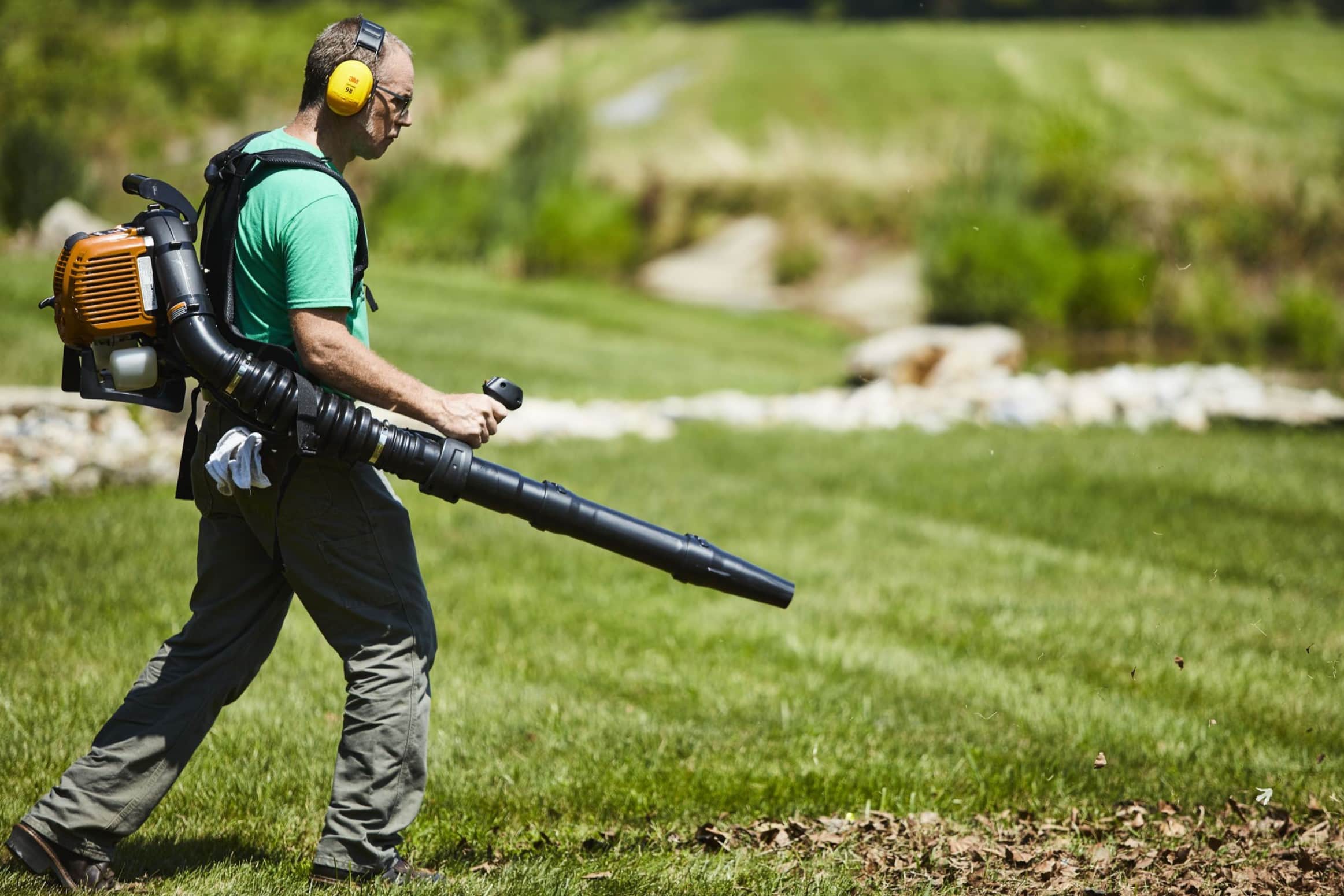
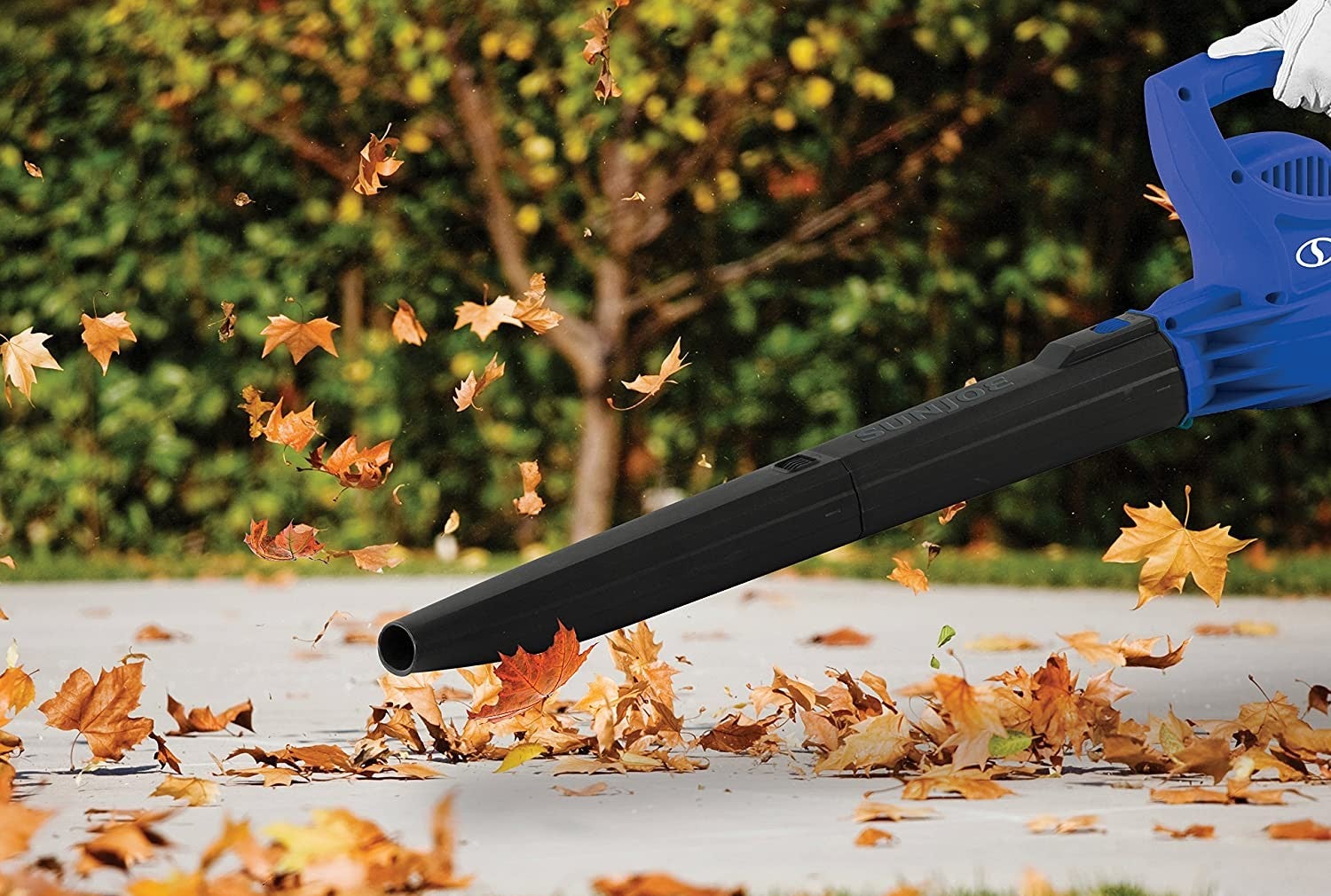
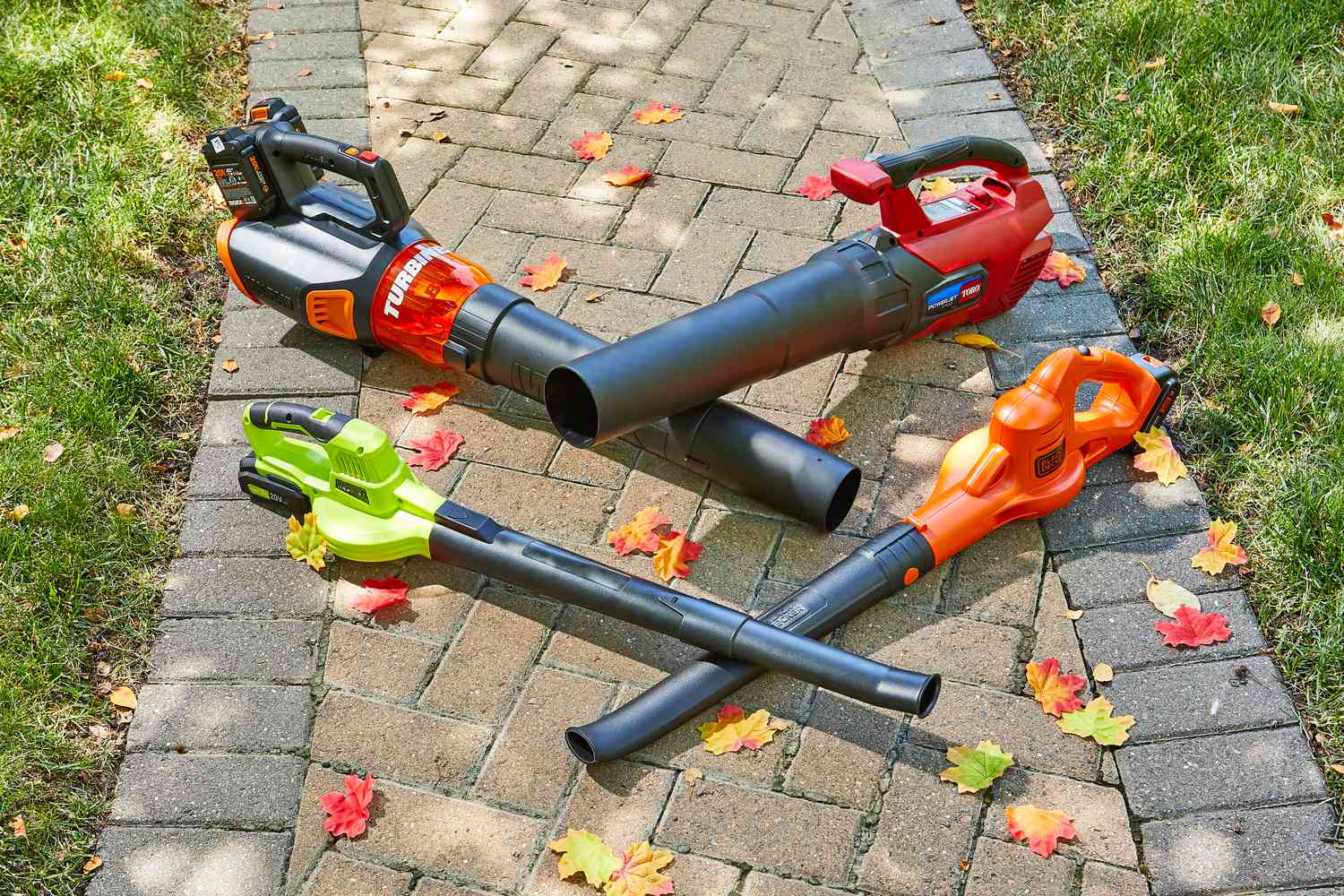
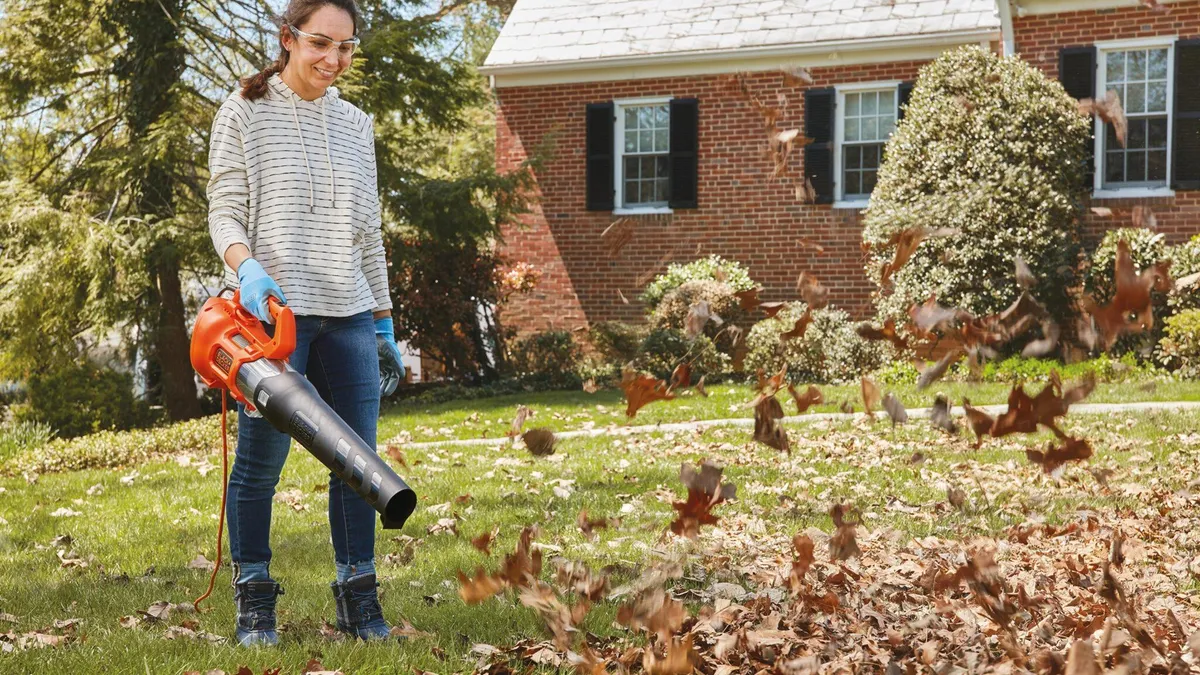
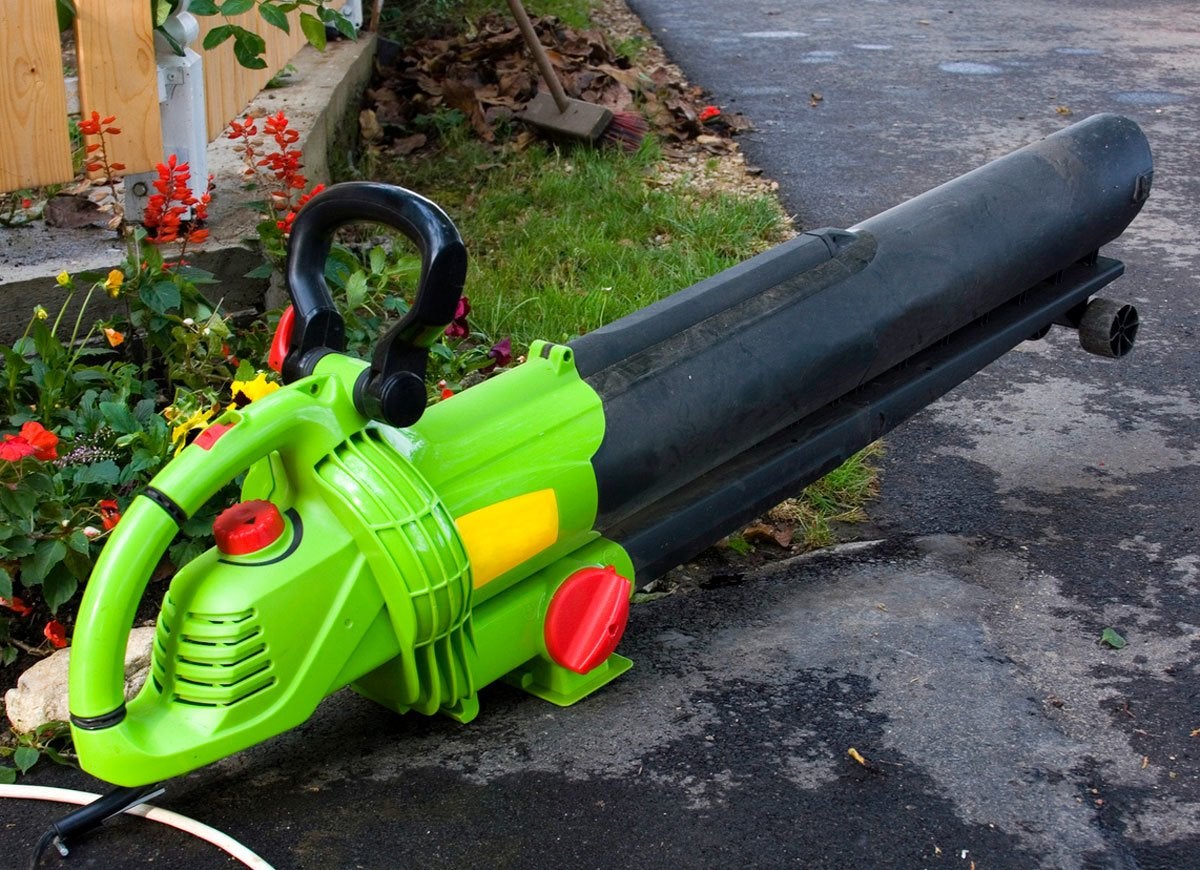

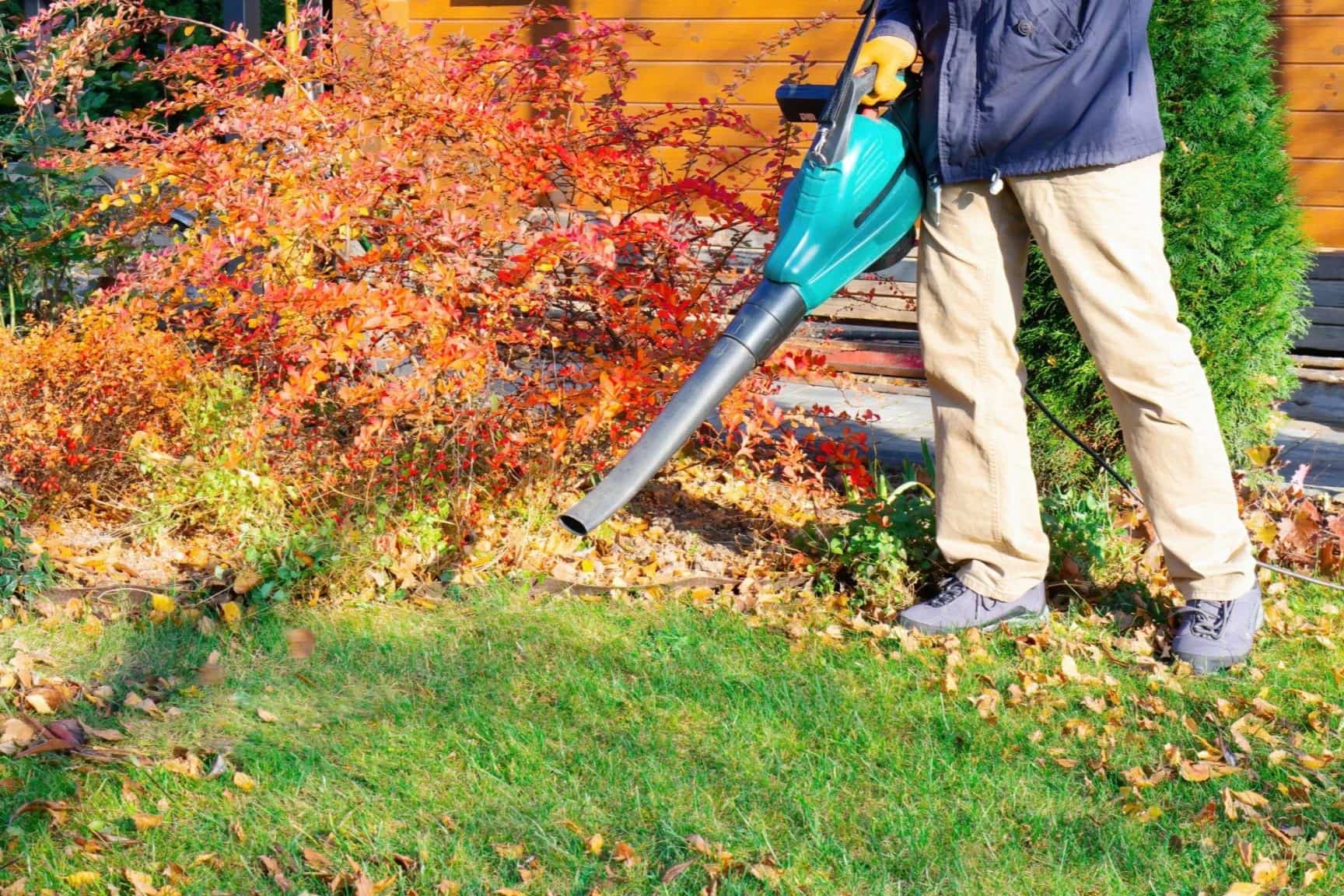
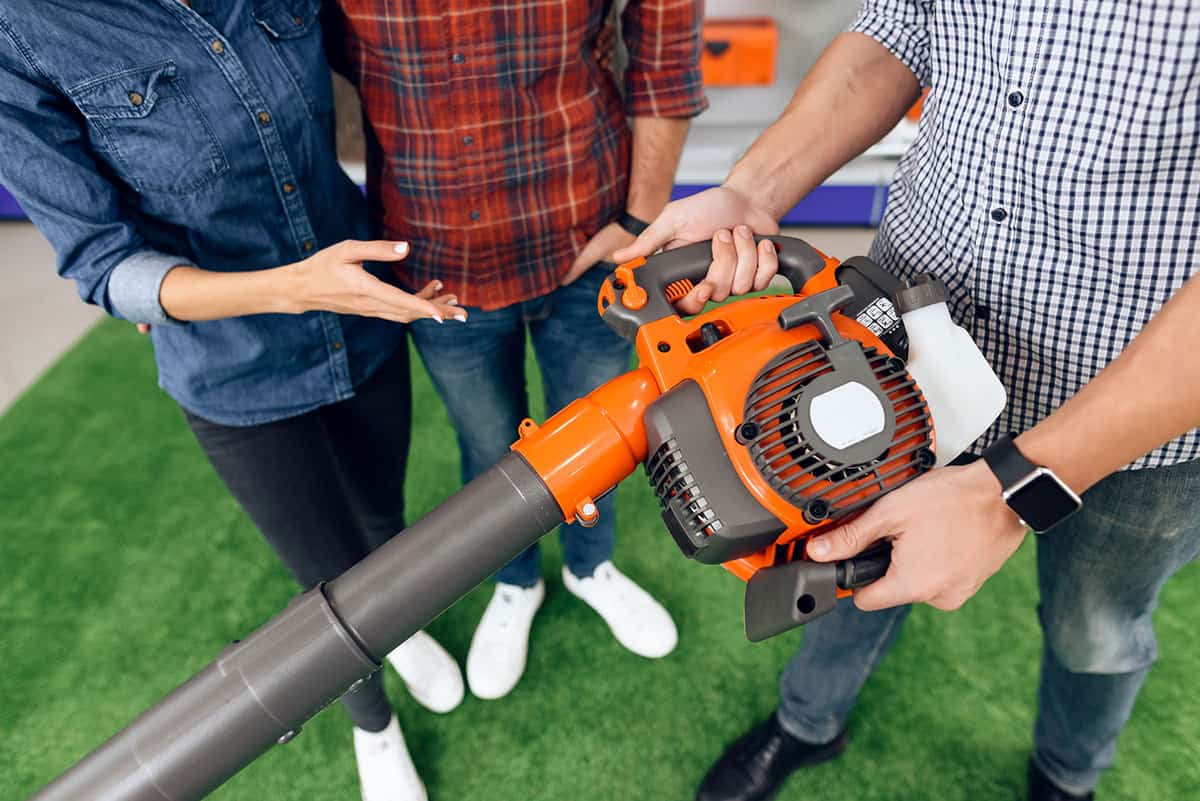
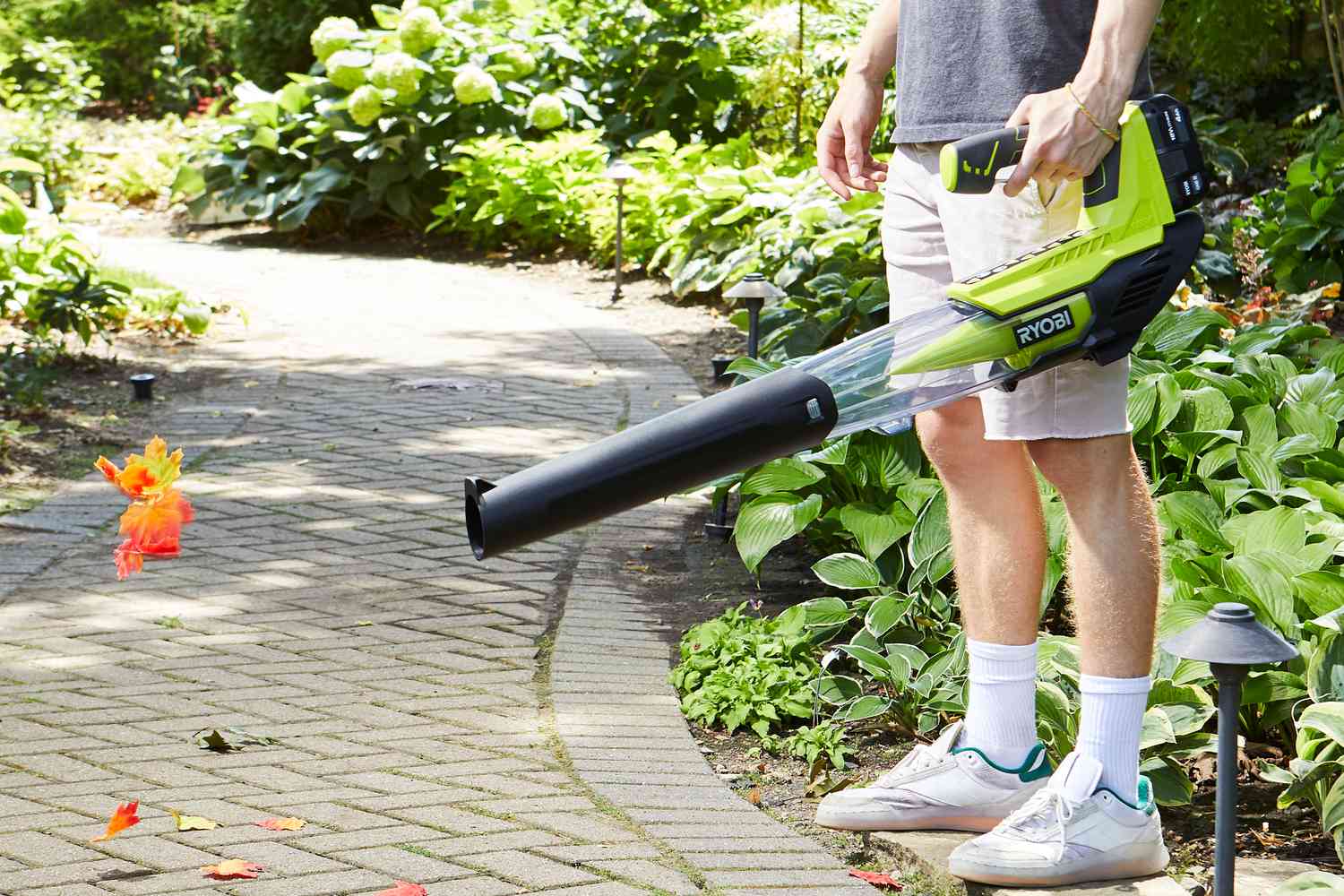
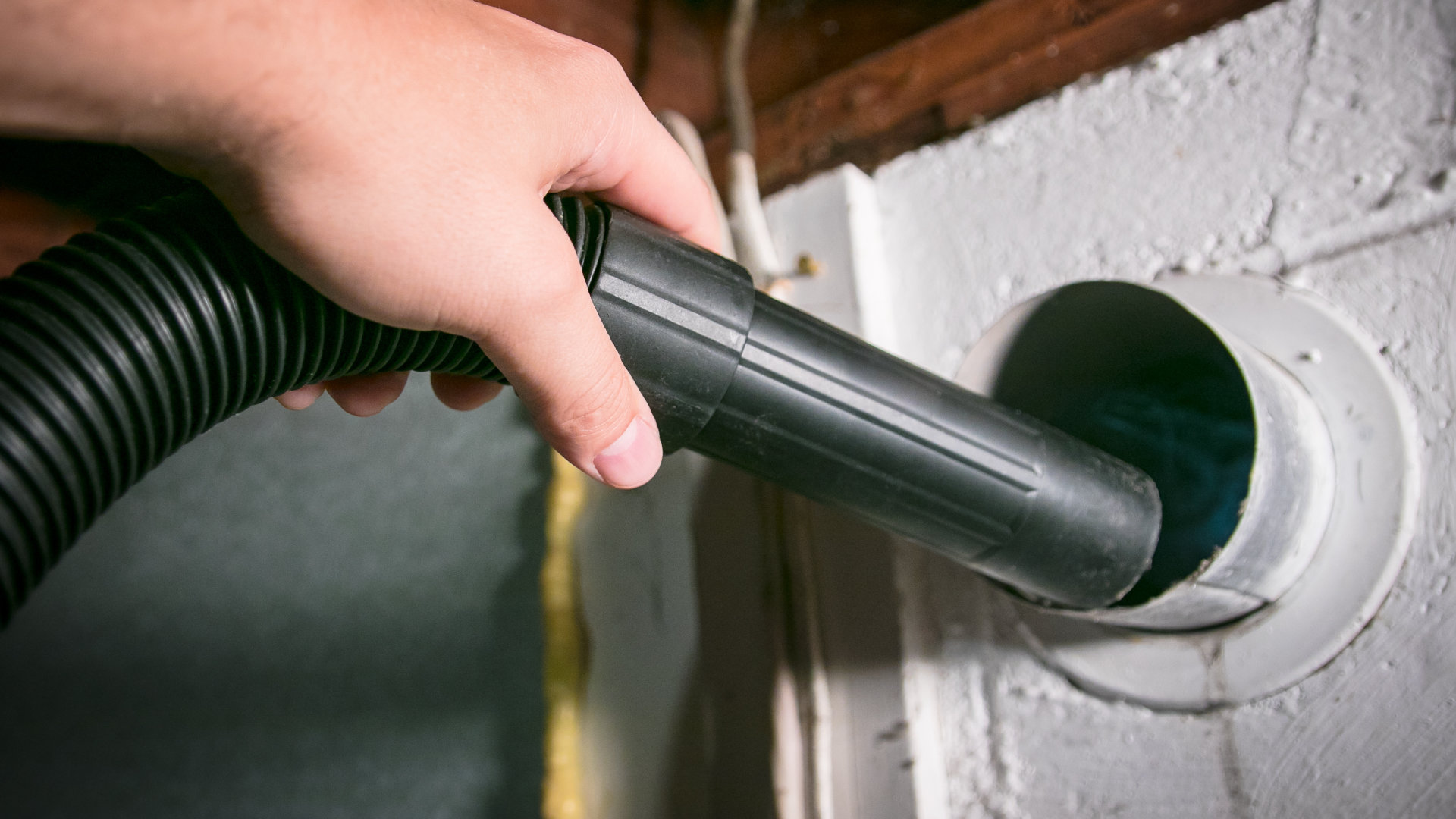
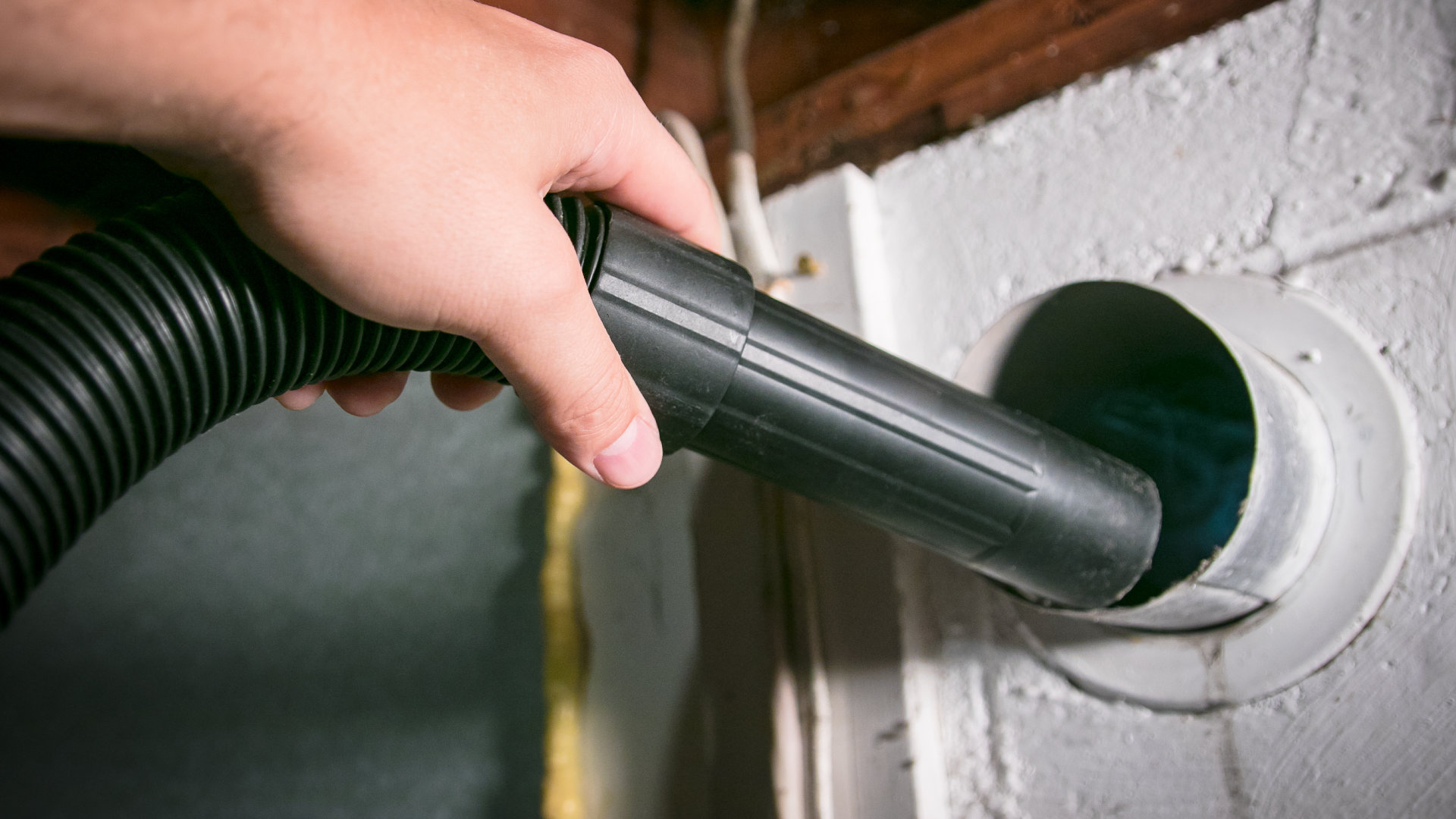
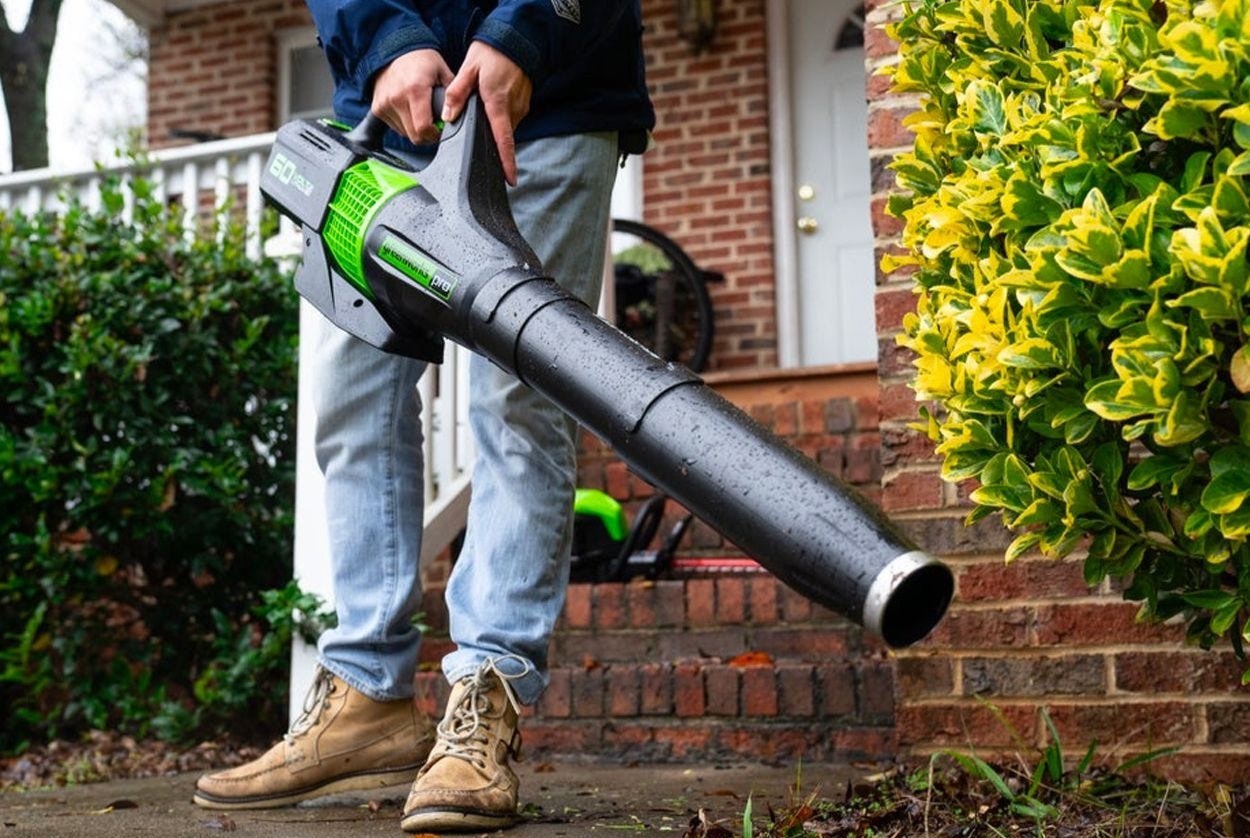
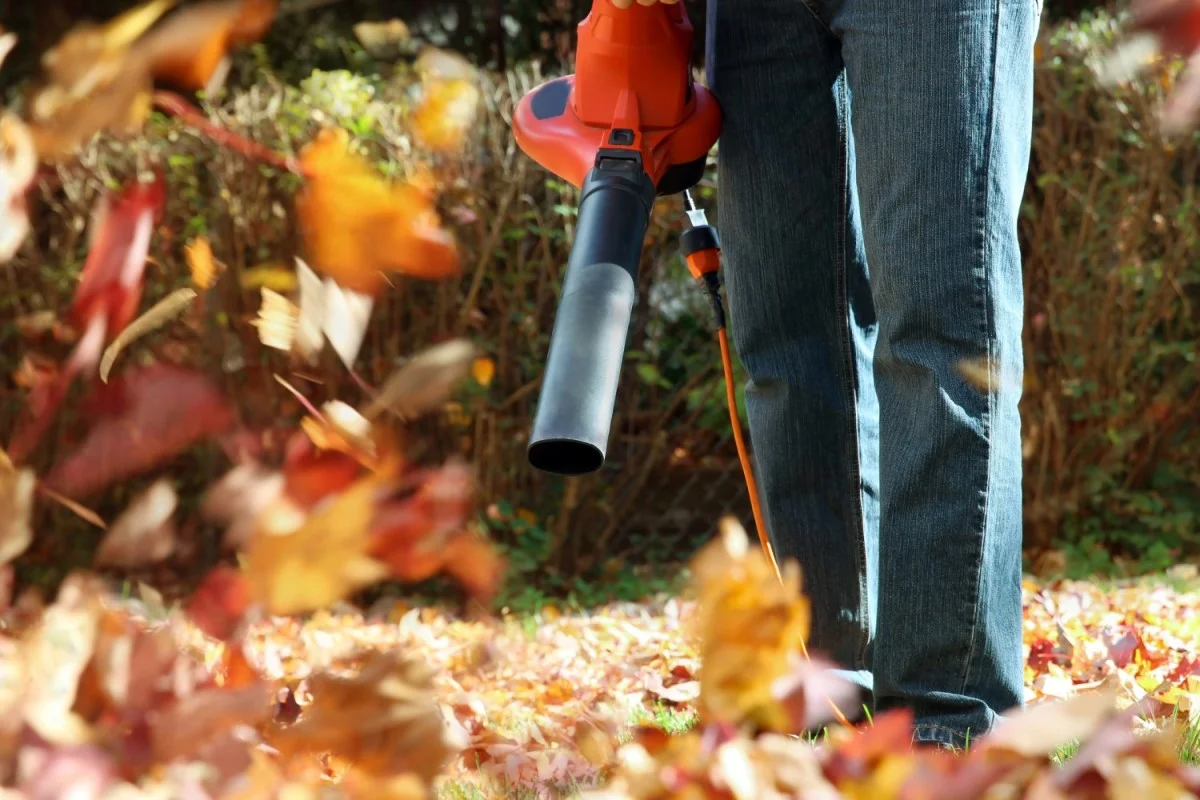
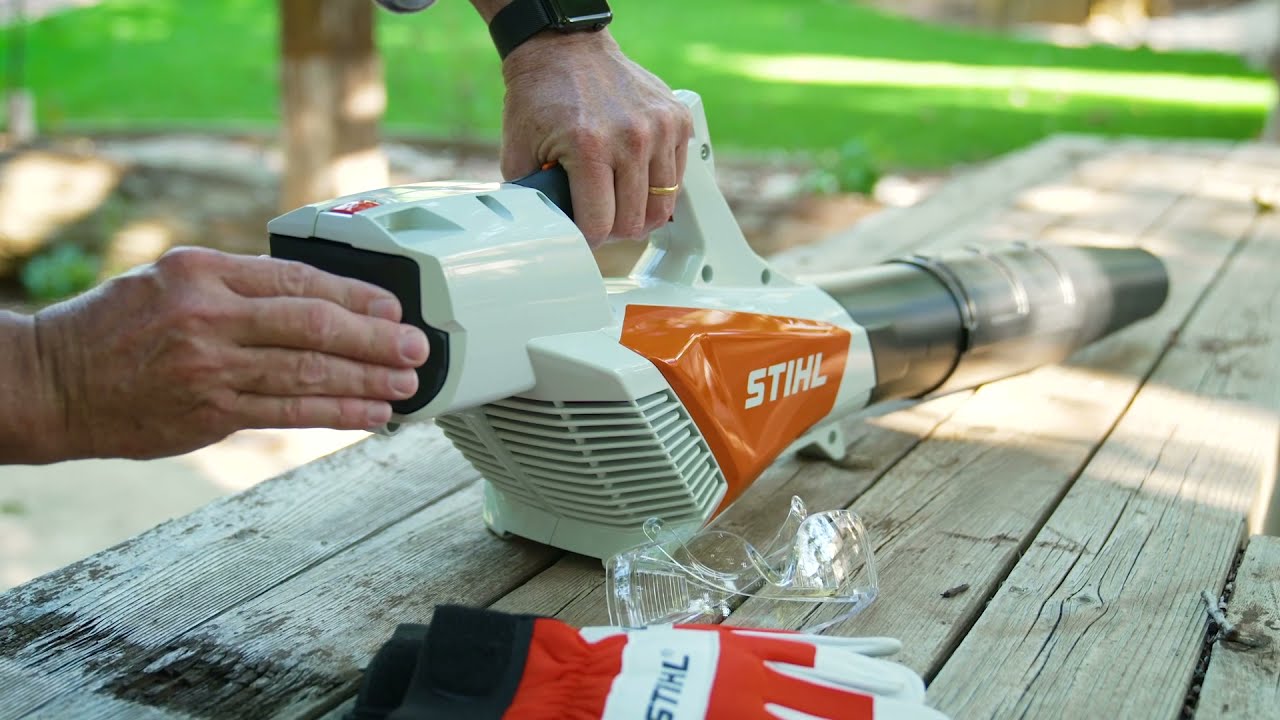

0 thoughts on “How To Store A Leaf Blower”